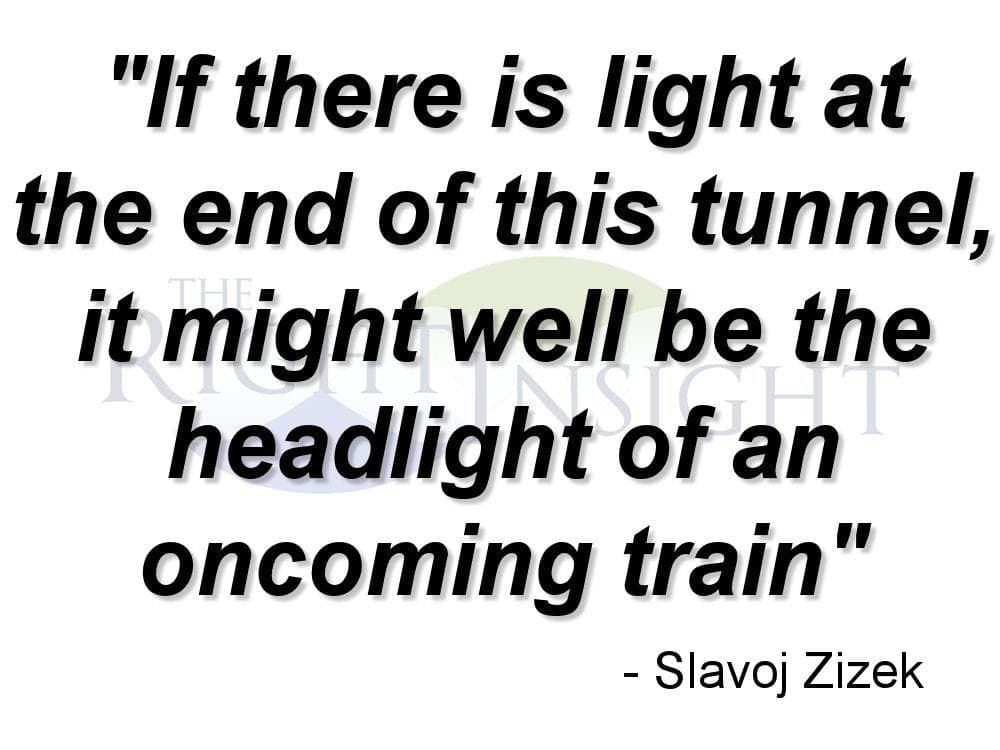The US energy industry is subject to intense regulation and oversight at both the federal and state levels. Federal regulation is provided by the Federal Energy Regulatory Commission (FERC). National oversight of the electric energy industry is provided by the North American Electric Reliability Corporation (NERC), which is itself overseen by FERC. State regulation is provided by individual state utility commissions, which share information through the National Association of Regulatory Utility Commissioners (NARUC). State oversight is provided by individual state consumer advocates or consumer counsels, which share information through the National Association of State Utility Consumer Advocates (NASUCA).
While each of these agencies and organizations has its own unique mission, their missions share several common elements.
FERC: FERC's Mission: Assist consumers in obtaining reliable, safe, secure, and economically efficient energy services at a reasonable cost through appropriate regulatory and market means, and collaborative efforts.
NERC: Our mission is to assure the effective and efficient reduction of risks to the reliability and security of the grid.
NARUC: Our mission is to serve the public interest by improving the quality and effectiveness of public utility regulation. Under state laws, NARUC's members have an obligation to ensure the establishment and maintenance of utility services as may be required by law and to ensure that such services are provided at rates and conditions that are fair, reasonable, and nondiscriminatory for all consumers.
NASUCA: NASUCA’s members are designated by the laws of their respective jurisdictions to represent the interests of utility consumers before state and federal regulators and in the courts.
FERC and NERC have both warned that the energy transition being pushed by the current Administration, as it is currently being pursued, threatens the reliability, safety, security and economic efficiency of the electric utility grid. Their primary expressed concerns are the rapid decommissioning of dispatchable coal and natural gas powerplants and the slower pace of commissioning of renewable generation capacity, which is resulting in a decrease in the capacity reserve margin on peak as well as the ability of dispatchable generation to respond to renewable intermittency.
However, they will soon be required to focus on the growing share of grid generating capacity which is intermittent and non-dispatchable. The grid requires the ability to dispatch resources as required to meet contemporaneous demand. As the intermittent renewable share of generating capacity increases, it will be essential to add dispatchable storage capacity to the grid to maintain reliability. However, grid scale storage is currently extremely expensive and duration limited. Storage systems capable of discharging large quantities of electricity over prolonged periods are not currently available.
State utility commissions are just beginning to respond (react) to the economic impacts of the energy transition. Utilities have begun filing rate increase requests tied to the costs of the transition. Commissions in several East Coast states have encountered requests for increases in contract prices for electricity from offshore wind projects. Several offshore wind projects have been cancelled and others have been rebid at prices as much as 50% higher than the original contract prices. The contract prices being sought for offshore wind are significantly above the current wholesale price of electricity; and, in many cases, above the current retail prices of electricity.
The energy transition faces a conflict with the “fair and reasonable” rates focus of NARUC and its members. However, this conflict appears likely to result in a head-on collision as state regulators are faced with the need to correct the current storage deficit associated with the existing renewable generating capacity on the grid and the massive costs of implementing sufficient storage on the grid to assure continued reliability as the share of intermittent renewable generation on the grid increases.
The state commissions will also be faced with the necessity of shifting from 40-year straight line depreciation of most utility assets to depreciation over the shorter expected lives of wind turbines, solar collectors and electricity storage infrastructure.
The state utility commissions will also soon be faced with rate increase requests tied to the expansion of the grid required to accommodate the Administration’s “all-electric everything” goal, as well as requests for the securitization of undepreciated investments in coal and natural gas powerplants required to cease operation to comply with Net Zero mandates.
"If there is light at the end of this tunnel, it might well be the headlight of an oncoming train." - Slavoj Zizek
